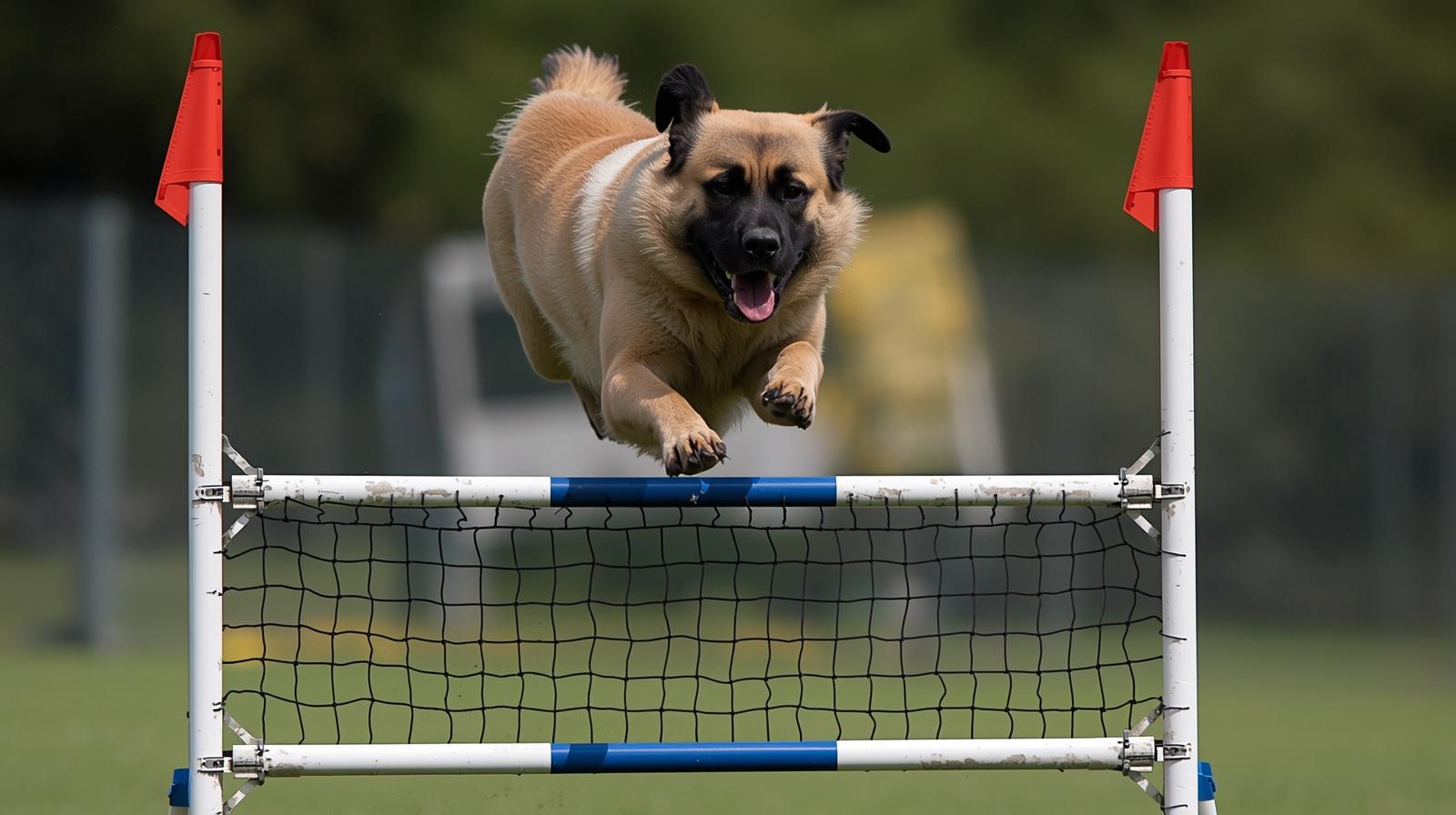Introduction
Biting is a natural defense mechanism, but have you ever wondered how strong a human bite is compared to a dog’s? Understanding bite force, measured in pounds per square inch (PSI), is crucial for knowledge about human anatomy, animal behavior, and safety precautions. In this article, we’ll explore the PSI of a human bite, compare it to different dog breeds, and provide fascinating insights into jaw strength and bite dynamics.
What is PSI and Why It Matters
PSI (Pounds per Square Inch) is a standard unit of pressure that measures the force applied over a specific area. When it comes to bites, PSI quantifies the force your jaw exerts when clamping down on an object or skin.
Importance of Knowing Bite PSI:
• Helps understand human and animal jaw strength
• Crucial for forensic investigations
• Essential for pet safety and bite prevention
• Educates on potential injury risks
The PSI of a Human Bite
Humans are not the strongest biters in the animal kingdom, but our bite is still impressive. On average, an adult human can exert:
• Front teeth (incisors): 120–160 PSI
• Back teeth (molars): 160–200 PSI
The human jaw is capable of producing higher PSI in emergencies due to adrenaline, but prolonged pressure can cause jaw fatigue.
Factors Affecting Human Bite Force
Several variables influence how strong a human bite can be:
➤ Age and gender: Men generally have higher bite force than women; younger adults usually exhibit stronger bites.
➤ Jaw muscle health: Stronger temporalis and masseter muscles result in higher PSI.
➤ Dental condition: Missing or weak teeth reduce bite efficiency.
➤ Emotional state: Fear, anger, or stress can temporarily increase bite force.
Dog Bite Force – A Comparative Analysis
Dogs are known for their powerful jaws, and bite force varies significantly by breed. The PSI of a dog bite is measured under controlled conditions.
| Dog Breed | Average Bite Force (PSI) | Notes on Bite Characteristics |
|---|---|---|
| German Shepherd | 238–750 | Protective, commonly used in police work |
| Rottweiler | 328–714 | Strong jaw, very loyal, defensive |
| Pit Bull | 235–700 | Strong clamp, muscular jaw |
| Mastiff | 556–857 | Very powerful, often underestimated |
| Bulldog | 210–305 | Wide jaw, not as forceful as mastiffs |
Dog bite PSI can be 3–4 times higher than a human bite, making certain breeds more capable of causing serious injury if provoked.
Human Bite vs Dog Bite – Key Differences
-
Jaw Mechanics: Humans are designed for grinding and chewing, not tearing flesh, while dogs are equipped for gripping and tearing.
-
Tooth Structure: Humans have incisors for cutting and molars for grinding. Dogs have canines for piercing and carnassial teeth for shearing meat.
-
Bite Force Distribution: Human bite force is more balanced across molars, while dogs concentrate strongest pressure at the canines and jaw hinge.
-
Purpose of Bite: Humans bite mainly for food processing and defense; dogs bite for survival, protection, and hunting instincts.
Interesting Facts About Bite Force
• The average human bite is enough to break a carrot or chew tough meat.
• Dogs rarely bite to the maximum PSI naturally; they usually clamp just enough to hold or warn.
• Ancient human ancestors likely had stronger bite forces than modern humans due to diet and lifestyle.
• Bite PSI is not the only factor in injury; teeth shape, speed, and angle also matter.
Safety Tips: Avoiding Dog and Human Bite Injuries
For Humans:
• Stay calm in confrontations
• Avoid provoking animals or people
• Seek medical help if bitten
For Dogs:
• Socialize puppies early
• Train and reinforce positive behavior
• Supervise interactions with children
FAQs
Q1: Can a human bite break a bone?
A: Rarely. A human bite may fracture small bones like fingers in extreme cases, but larger bones are highly resistant.
Q2: Which dog has the strongest bite?
A: Mastiffs and Rottweilers are among the breeds with the highest bite PSI, often exceeding 700 PSI.
Q3: Can bite PSI increase with age?
A: Bite force generally peaks in early adulthood and may decrease with age due to muscle and dental changes.
Q4: How is bite force measured?
A: Bite force is typically measured using a specialized pressure sensor or force transducer placed between the teeth.
Q5: Are human bites dangerous?
A: Yes, human bites can cause serious infections due to bacteria in the mouth, even if the PSI is lower than a dog bite.
Conclusion
While humans may not match the raw power of a dog’s bite, our jaws are impressively capable of exerting significant pressure, particularly in emergencies. Comparing bite force between humans and dogs highlights how anatomy, muscle structure, and purpose define biting efficiency. Awareness of bite PSI—whether human or canine—can improve safety, help in bite prevention, and deepen understanding of jaw mechanics. Knowing the PSI of human and dog bites has practical implications for parents, dog owners, and anyone concerned about safety around animals. By understanding these forces, we can better respect both human and animal capabilities and reduce the risk of injury.
